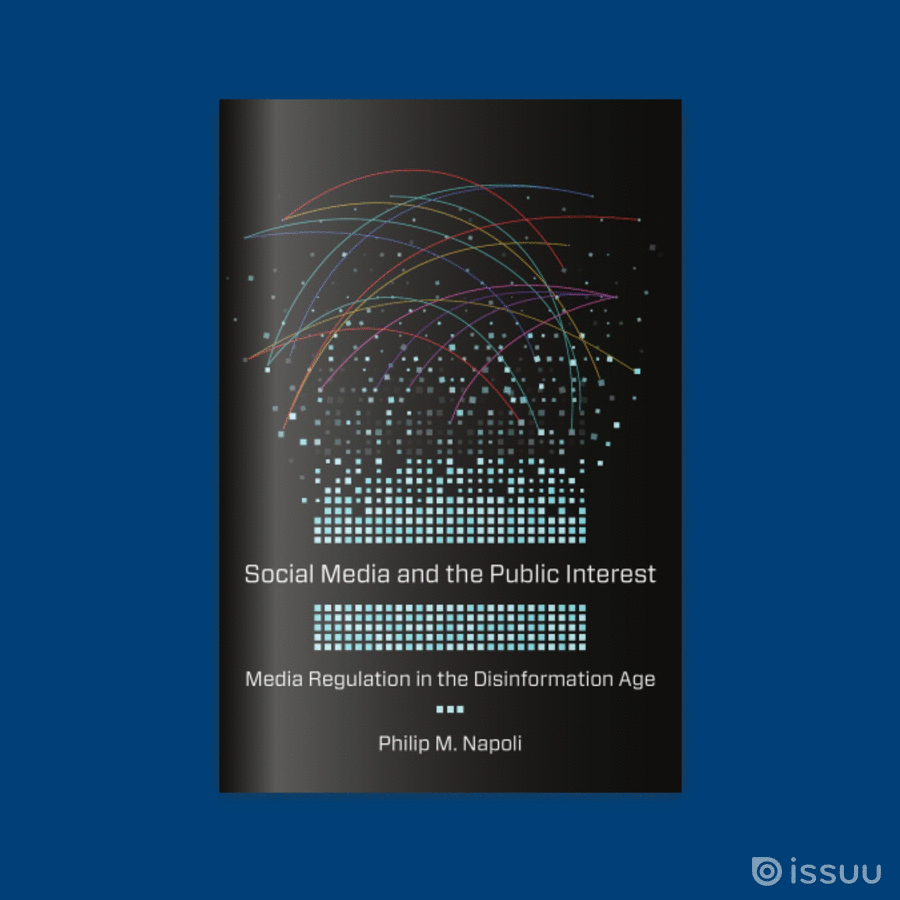Daniel Herwitz on How Barack Obama Has Drawn Upon Abraham Lincoln
“Obama is a figure with the screen presence of a film star (like Diana). Palin is not, she is the quintessential TV actor, from sitcom, talk show, reality TV.”—Daniel Herwitz
In the chapter, “Tocqueville on the Bridge to Nowhere,” from Heritage, Culture, and Politics in the Postcolony, Daniel Herwitz turns his attention to how heritage has been employed in American culture and politics. In the following excerpt, he writes about how Barack Obama has drawn upon the image and iconic stature of Abraham Lincoln. Later in the chapter he compares Obama with Sarah Palin:
Obama was staged as Lincoln before, during, and after his inauguration, taller than his public, monumental, in communion with that oversized, larger-than-life Lincoln Memorial in Washington. There are three Lincolns in American history: the actual one, steering the nation through its darkest of times, writing the Gettysburg Address on the train, the one etched into the monument, larger than Lincoln himself, who was already larger than life, sculpted from marble, his immortal words made immortal by being scripted into that stone, then the Lincoln of the cinema, Henry Fonda, Raymond Massey, the Lincoln dark and dulcet, silver in the silver screen, glowing through the aesthetics of the medium. American heritage is all three: the man, the monument, the movie.
American heritage is the blending together of these three registers. They merge with Obama’s screen presence to create the Obama persona. The Lincoln persona casts him as emancipator, but also lightens him, whitens him (Lincoln was dark of spirit but light of skin). This lightening of him by kismet with the former president sets him apart from the stereotypes some Americans would project onto a candidate who is African American. It helps him rise to the position of national emancipator that he becomes (closer to) white in a society which is not free of racism. Paradoxically his being from Africa also contributes to freeing him from stereotypes directed at African Americans. Africa sets him apart in an obscure, hazy origin somewhere in the ancient land of ancient tribes. The distant lens of an African background (never articulated, even though his father was in fact a major Kenyan economist and critic of policy), combined with an unusual childhood in Hawaii and Indonesia, a beautiful, judicious-speaking voice, and star physiognomy seems to make him arise from mysterious sources, as if he were born a figment of the cinema, Raymond Massey or Henry Fonda who famously strides on screen from darkness to the light. And so a particular fantasy is activated in the American political constituency. Obama is (somewhat) deracialized (according to stereotypical American formulas) and instead becomes a star, standing outside of time. On the down side, his distant obscure past causes politicians with rugs on the top of their heads to demand copies of his American birth certificate, which he is able to produce.
By being cast as Lincoln, Obama stands outside of time while acting within it. It is as if his work has already been done and is simply being replayed as a movie. He will succeed in sculpting a new and fair America because he is Raymond Massey and has already won the Civil War! Cinema takes physical reality and places it in an eternally replayed past: where the happy ending has already been achieved. The public takes cinematic pleasure in its visual recitation after the fact. Obama the real person is the candidate who needs to solve the issues of the day. Obama the star persona is the Lincoln who has already solved them and stands as a monument cast in stone to his own achievement.
That Obama is, in virtue of his star quality (elongated height and limbs, shattering intelligence, commanding, high moral voice), cast as Lincoln seems to me enough to argue in boldface that the American heritage dictionary is alive and well and part of American politics. In constructing Obama as Lincoln, a particular version of American heritage is invoked, come down through the ages as the origin of emancipation. This heritage is a product of the density of the media in which event, monument, and movie blend together in a complex perception, often implicit/subliminal. Heritage is therefore partly a subliminal construction….
We may now come to Obama versus Palin: Obama is a figure with the screen presence of a film star (like Diana). Palin is not, she is the quintessential TV actor, from sitcom, talk show, reality TV. Both are objects of dense media projection (from many quarters), but the essential difference remains. This difference is paired with a difference in the kind of heritage each preaches. Obama’s is Lincolnesque: about return to origins and redirection to destiny, about discovering again who we are and yes we can. Palin’s is about the long conservative arch of small-town values, accreted over time, time tested, as American as apple pie, America as an ongoing church gathering of friends. Palin’s performance of small-town heritage is pure TV, relying on television aesthetics of intimacy, regularity, guys and gals like us hurling one-liners in sitcoms, spilling their guts, teary-eyed on talk shows, beaming as they emerge the winner on reality TV. TV is about intimacy between program, character, and audience, as if we are all ordinary Joes at the picnic together and Jerry Springer is our salubrious uncle. This is the Palin heritage, that of the small town. Obama’s image was instead cinematic, about the distance between star and rapt audience, the compelling aura of star presence on screen, the hypnotic effect of things and persons mysteriously




1 Response